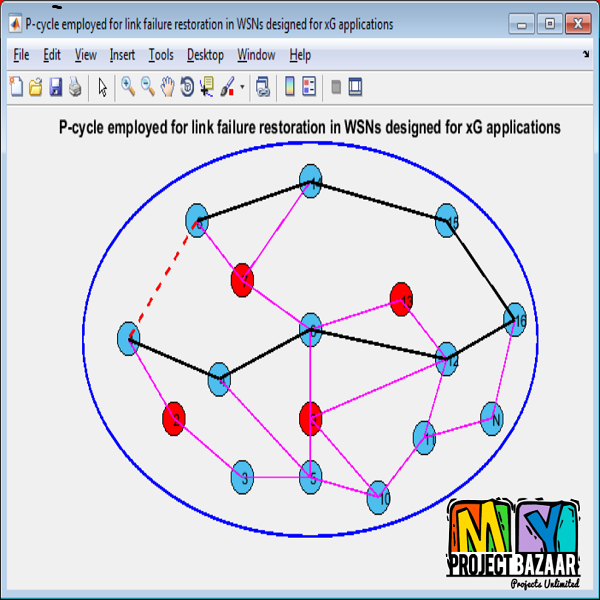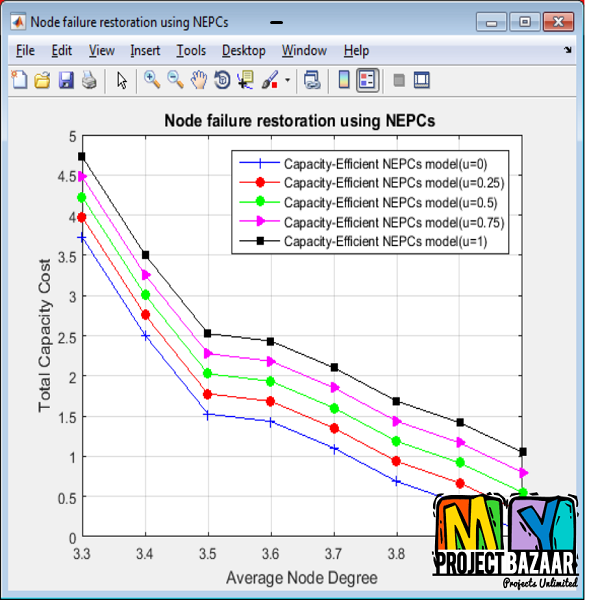Network Restoration in Wireless Sensor Networks
Product Description
Network Restoration in Wireless Sensor Networks for Next-Generation Applications
Abstract-This paper investigates highly efficient network restoration models for wireless sensor networks (WSNs) to be deployed for next-generation (xG) applications. The developed network restoration models are designed with two main goals in mind. The first goal is to optimize network resource utilization, and the second is to protect the network against failures. In realizing the goal of optimizing resource usage, a peculiar feature of WSNs is exploited, namely, their ability to remain in active service even when one or more of their active elements (sensor nodes and/or connecting links) fail. To achieve the second goal of network protection, we leverage the advantage of p-cycle-based restoration solutions – the fact that they can provide ring-like recovery speeds with mesh-like capacity efficiencies – in developing optimal p-cycle restoration models that provide sufficient protection for the network against both link and node failures. In the restoration models developed, we employ a selection process that jointly considers the shortest lengths, best topologies, and capacity requirements of the available p-cycles in achieving new capacity-optimal p-cycle-based restoration solutions for the network. Comparative results obtained show that our developed selection-based capacity-efficient p-cycle restoration solutions for WSNs outperform other similar approaches for both network realization and protection, making them particularly ideal for xG applications.
Including Packages
Our Specialization
Support Service
Statistical Report

satisfied customers
3,589
Freelance projects
983
sales on Site
11,021
developers
175+Additional Information
| Domains | |
|---|---|
| Programming Language |

















